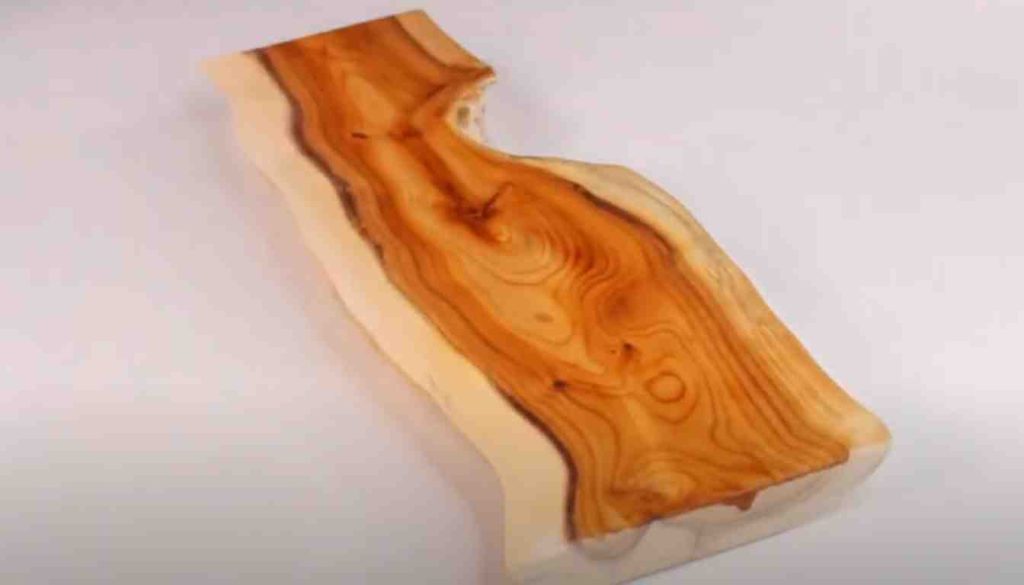Danish oil is a popular choice for enhancing the natural beauty of wood, while linseed oil is commonly used for its protective properties and ability to create a traditional, aged appearance. Danish oil gives wood a warm, rich finish, while linseed oil offers a more subtle, natural look.
Both oils can be used for interior and exterior wood projects, but linseed oil requires more time to dry and has a stronger odor compared to Danish oil. Ultimately, the choice between Danish oil and linseed oil depends on the desired finish and level of protection needed for the wood surface.

Frequently Asked Questions On Danish Oil Vs Linseed Oil
Which Is Better Danish Oil Or Linseed Oil?
Danish Oil is better than linseed oil due to its faster drying time, enhanced water resistance, and improved durability. It is also easier to apply and provides a more consistent finish. Danish Oil is a popular choice for woodworking projects and offers superior protection and a beautiful, natural look.
What Is The Best Oil For Finishing Wood?
The best oil for finishing wood is generally considered to be tung oil, linseed oil, or Danish oil. These oils penetrate the wood, enhance its natural beauty, and provide protection against moisture and UV damage.
Why Should You Use Danish Oil?
Danish Oil is a great choice because it enhances the natural beauty of wood, provides long-lasting protection, and is easy to apply. Its deep penetration helps prevent cracking and warping, making it perfect for furniture, floors, and even outdoor projects.
What Is Better Than Danish Oil?
A superior alternative to Danish Oil is [Product Name], providing enhanced durability and a more stunning finish. It is long-lasting and easy to apply, making it the preferred choice for many. Experience the best results with [Product Name].

Conclusion
Both Danish oil and linseed oil have their own unique characteristics and benefits. Danish oil provides a durable and glossy finish, making it ideal for indoor furniture. On the other hand, linseed oil offers a more natural and matte finish, making it a popular choice for outdoor applications.
Ultimately, the choice between the two oils will depend on your specific project and desired outcome. Experimentation and personal preference are key in finding the perfect oil for your woodworking needs.


